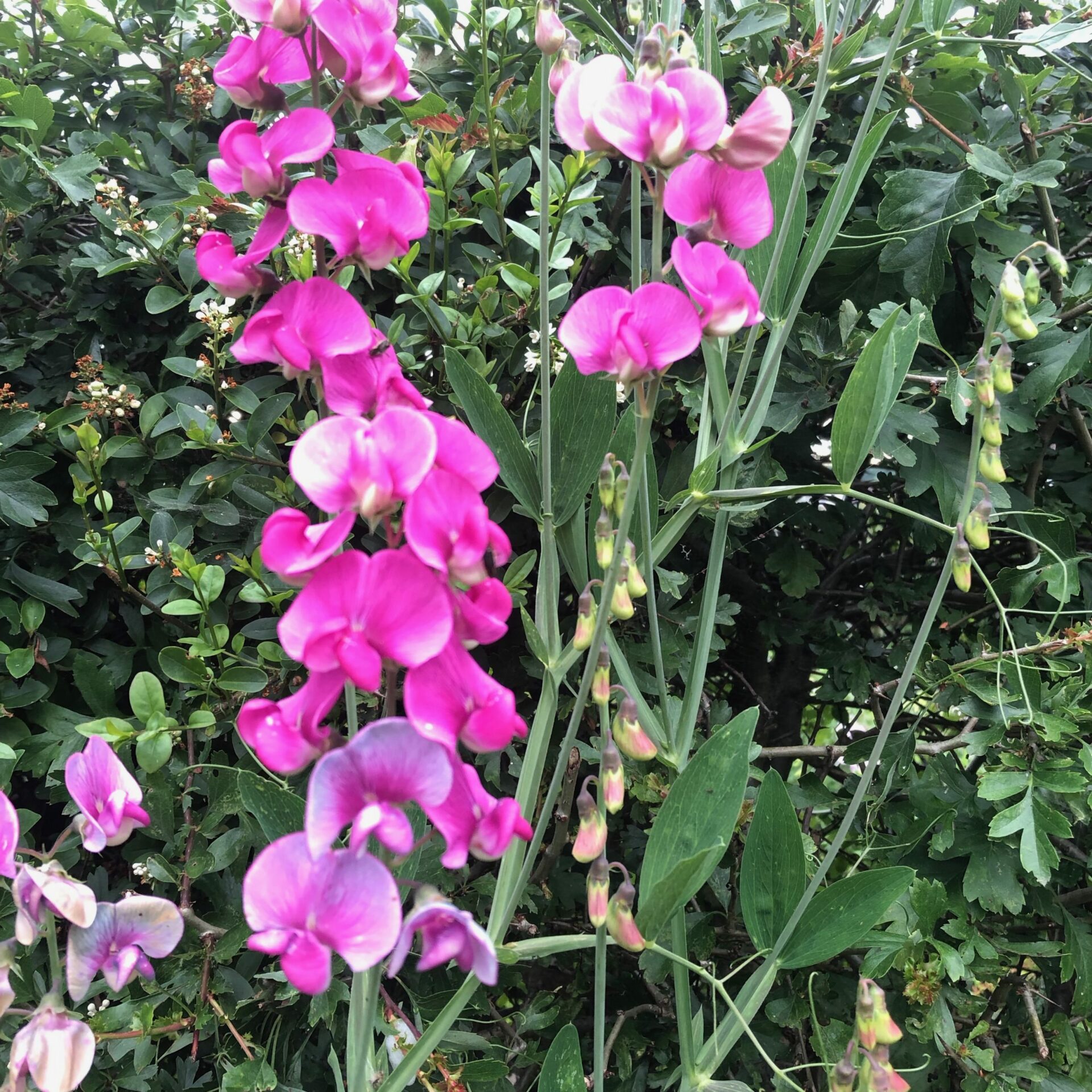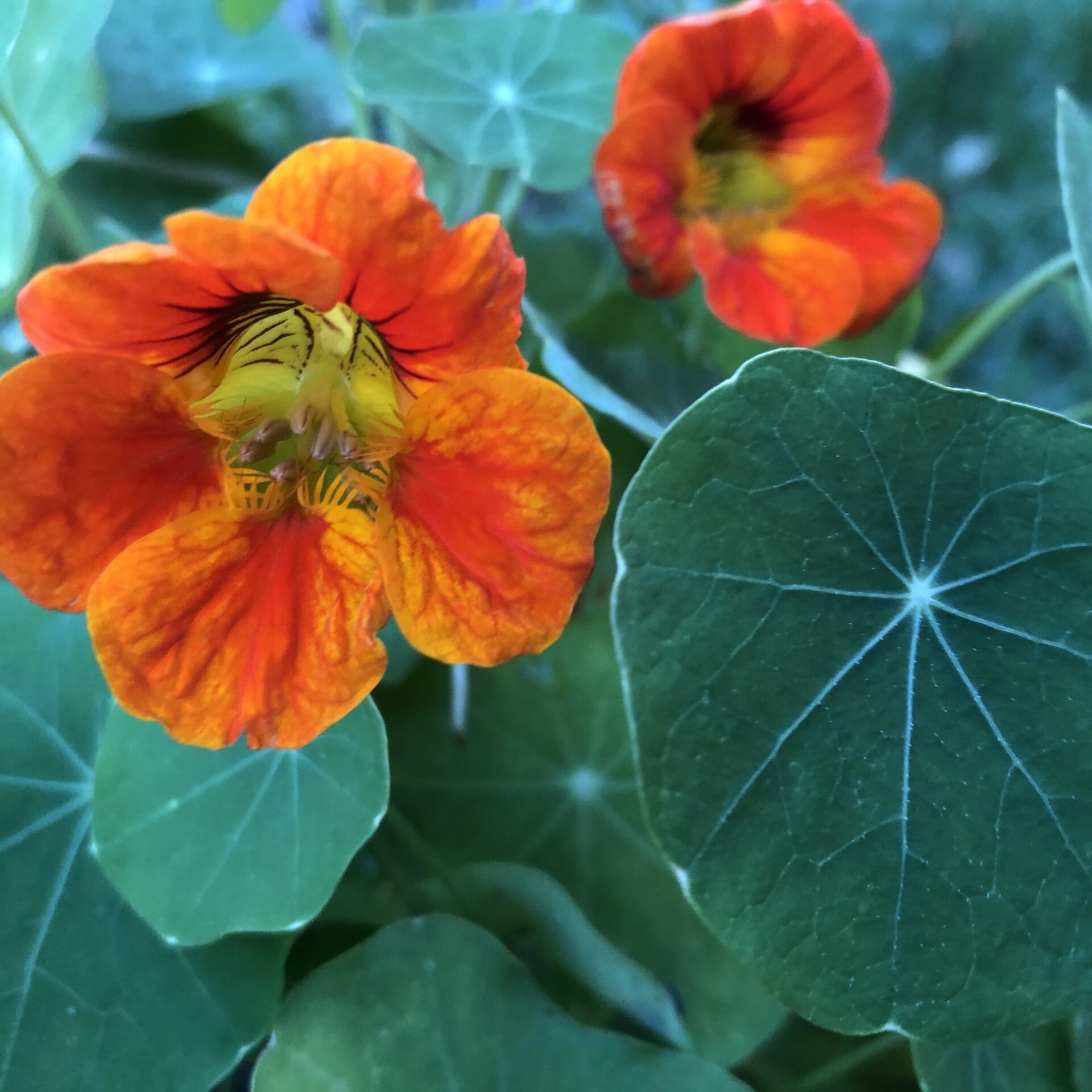Flower of April – Lathyrus odoratus
Sweet peas are definitely the kind of flowers faeries sleep in – go check them out and see if you can find a fairy or two!
 You’re such a sweet pea. The term rings true for so many people, but the origin comes from the namesake itself, the darling sweet pea plant, the flower of April. You may see it in beautiful Spring bouquets, or creeping up alongside a cottage. Here we’ll dive into a little rundown of this bright (and rather recent) flower’s history, growing, folklore, use in medicine and more.
You’re such a sweet pea. The term rings true for so many people, but the origin comes from the namesake itself, the darling sweet pea plant, the flower of April. You may see it in beautiful Spring bouquets, or creeping up alongside a cottage. Here we’ll dive into a little rundown of this bright (and rather recent) flower’s history, growing, folklore, use in medicine and more.Where do they originate from?
The sweet pea plant hails from Sicily as well as other surrounding Mediterranean islands. It was discovered in the late 17th century by a Franciscan monk who was taking a stroll in the beautiful Sicilian hills. He was so taken with the gentle, sweet scent of the blooms that he took some home to the monastery where he cultivated them in the garden.
From the monastery, seeds were sent to England where they were welcomed with open arms. Sweet peas popped up everywhere. In the 18th century, a Scottish gardener named Henry Eckford began breeding sweet peas and came up with the wide range of varieties we see today. Pink, white, purple, multiple colors at once – names like King’s High Scent, Fire and Ice, Apricot Sprite… the list goes on. And you can now find those lovelies across the globe.
In the Garden – Growing Tips
 Sweet pea is a hardy little annual plant that loves to climb. They don’t require a ton of maintenance and they will brighten up any side of a building you choose to plant them next to. Most of the time, sweet peas are started from seed, and they like cool, well-drained soil. Starting the seeds indoors is an easy way to prevent any damage if you aren’t sure about the coming weather. They are pretty frost-resistant, but too much frost can do harm.
Sweet pea is a hardy little annual plant that loves to climb. They don’t require a ton of maintenance and they will brighten up any side of a building you choose to plant them next to. Most of the time, sweet peas are started from seed, and they like cool, well-drained soil. Starting the seeds indoors is an easy way to prevent any damage if you aren’t sure about the coming weather. They are pretty frost-resistant, but too much frost can do harm.
If you start the seeds inside, wait for the leaves to have at least 3 – 4 leaves – You can then begin to harden them off. Slowly integrate them to their new outdoor life. Place them outside in a sunny-during-the-morning spot where they can get some afternoon shade as well. Do this for about 4 days then find an even sunnier spot for the next 4 days! The little pretties will then be ready to find their official home in your garden – give them plenty of sun (although some shade will do).
The roots of sweet peas enjoy a little breathing room so make sure you place the baby plants (or seeds) 6 inches apart and near a trellis, wall or railing. They’ll want to shoot up to the sky as soon as they’re strong. Once they bloom, keep an eye on the flowers and remove any that wither away. Preventing/snipping seed pods early on will also allow the plant to allocate energy to a longer blooming period. We can’t imagine you wouldn’t want that 😉
Folklore
If you’re thinking about bringing a bouquet of sweet peas to a loved one, we say yay! Sweet peas have long been known as a symbol of bliss, pleasure, gratitude, loyalty, and sometimes goodbyes.
Many think that the aroma draws people together creating new friendships, a loving connection and a life-long relationship. You can guess where the loyalty comes from. As for the bliss and pleasure – That is a direct result of the beauty of the blooms. The enchanting colours elicit a burst of delight and are the perfect way to let your friends, family, or new acquaintances know that you had a wonderful time (and will hopefully see them again soon).
One Irish tale mentions that if you plant sweet peas in March, specifically on St. Patrick’s Day, they will grow more beautiful and last longer that year.
Medicine
As the flower of April, Sweet pea’s scientific name is Lathyrus odoratus and belongs to the Fabaceae family or the legume family. Despite its relation to other legumes, the plant, flowers and seeds can be toxic to humans. However, there are accounts of the pea leaves being eaten as “famine” protein in India when children and adults are malnourished. To reduce the toxicity in the seeds, they are left to dry in the sun. The plant is also occasionally ground up for animal feed as well.
So if there is a flower we recommend to brighten your world day after day, sweet pea is the way to go. The side of your house will be changed. And the air around you will be sweeter. As the novelist Angela Thirkell said, “There are few pleasures like really burrowing one’s nose into sweet peas.”







